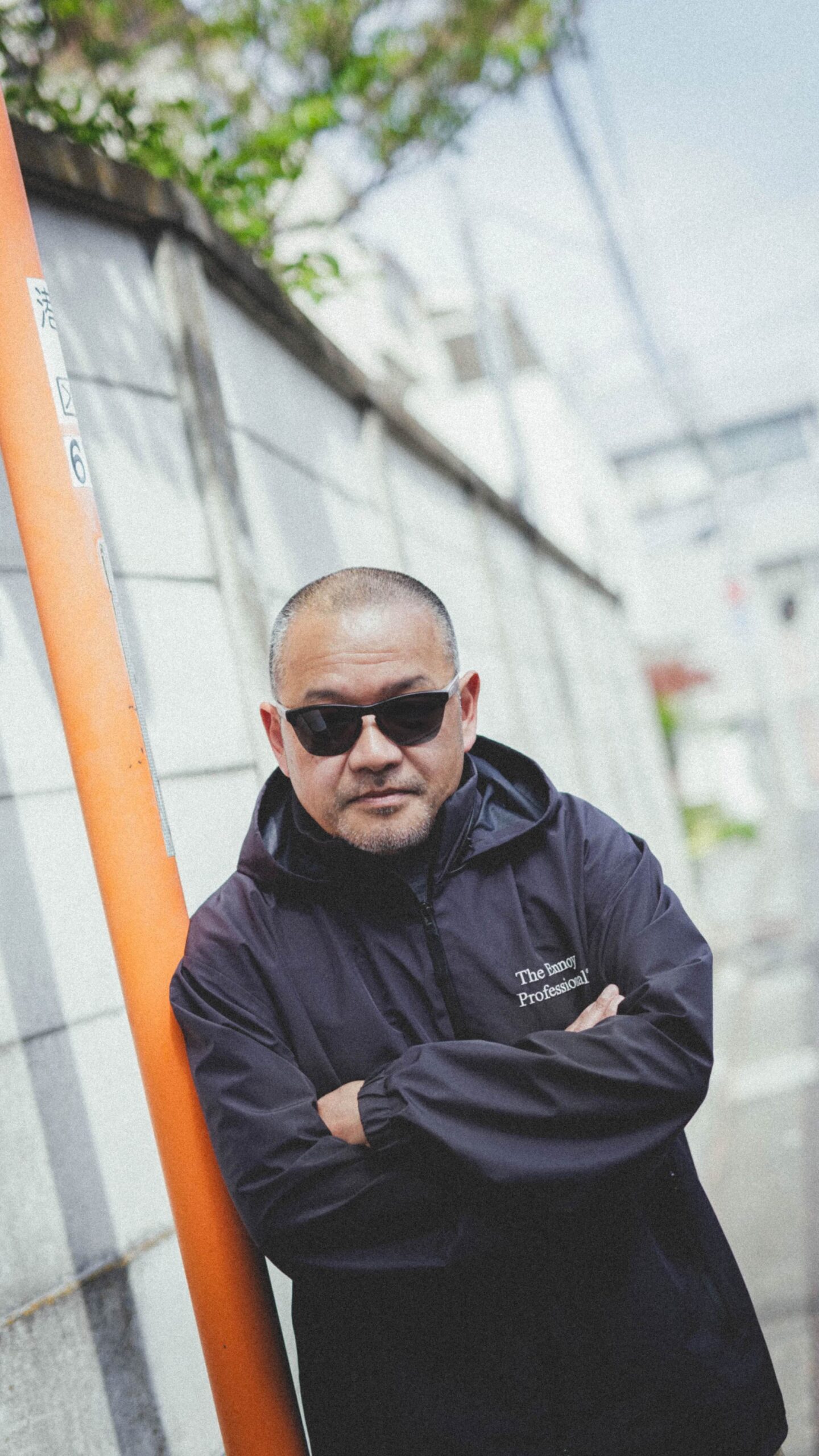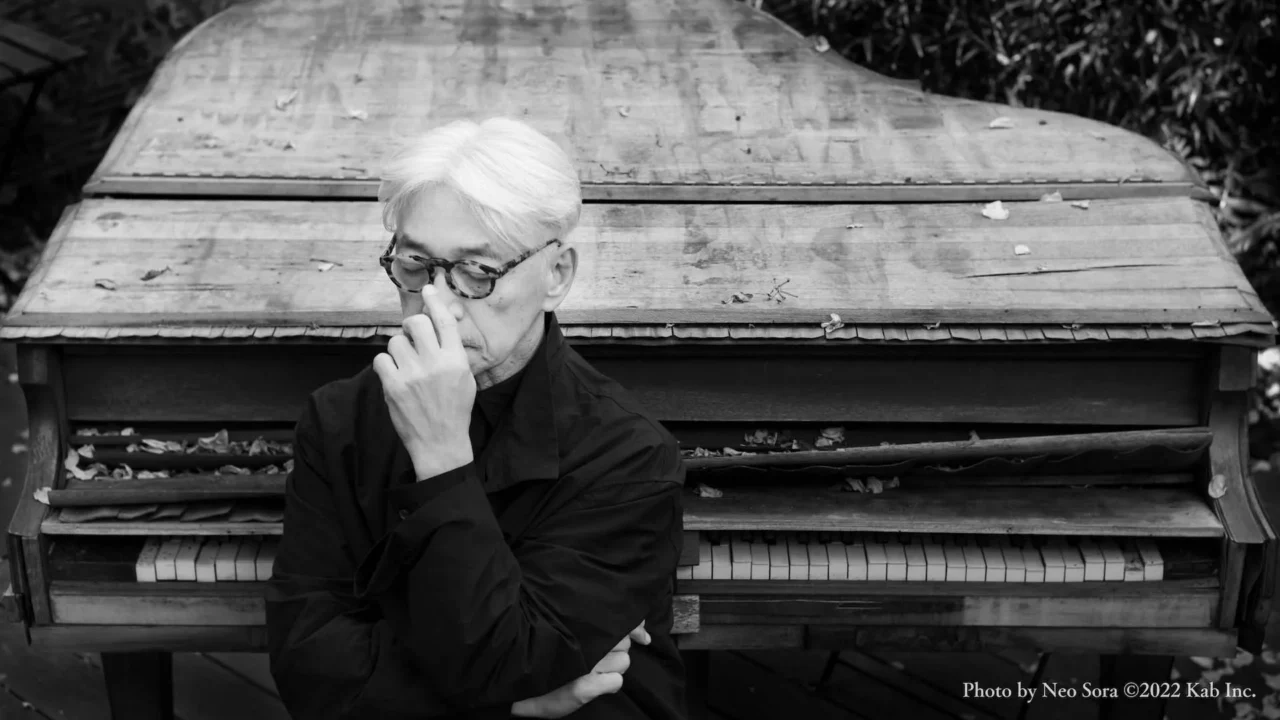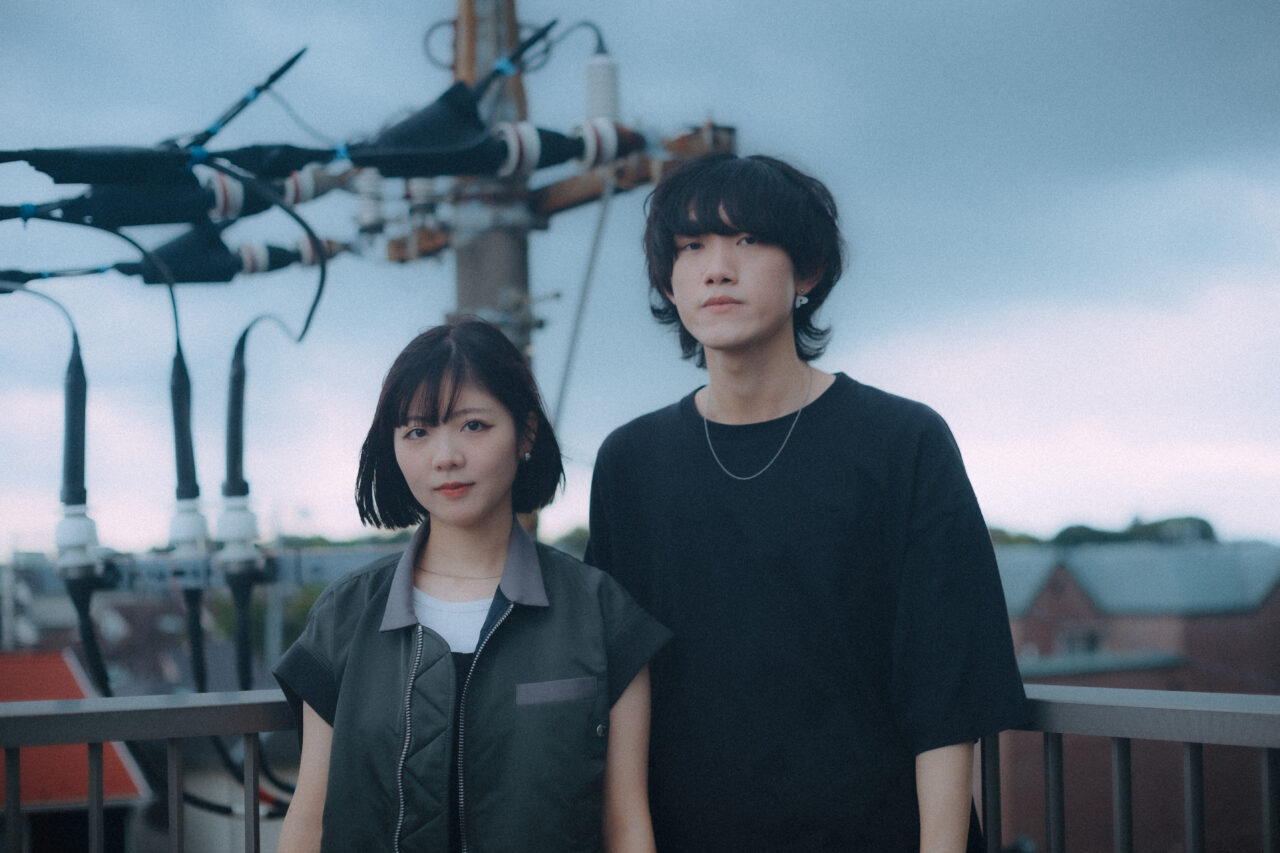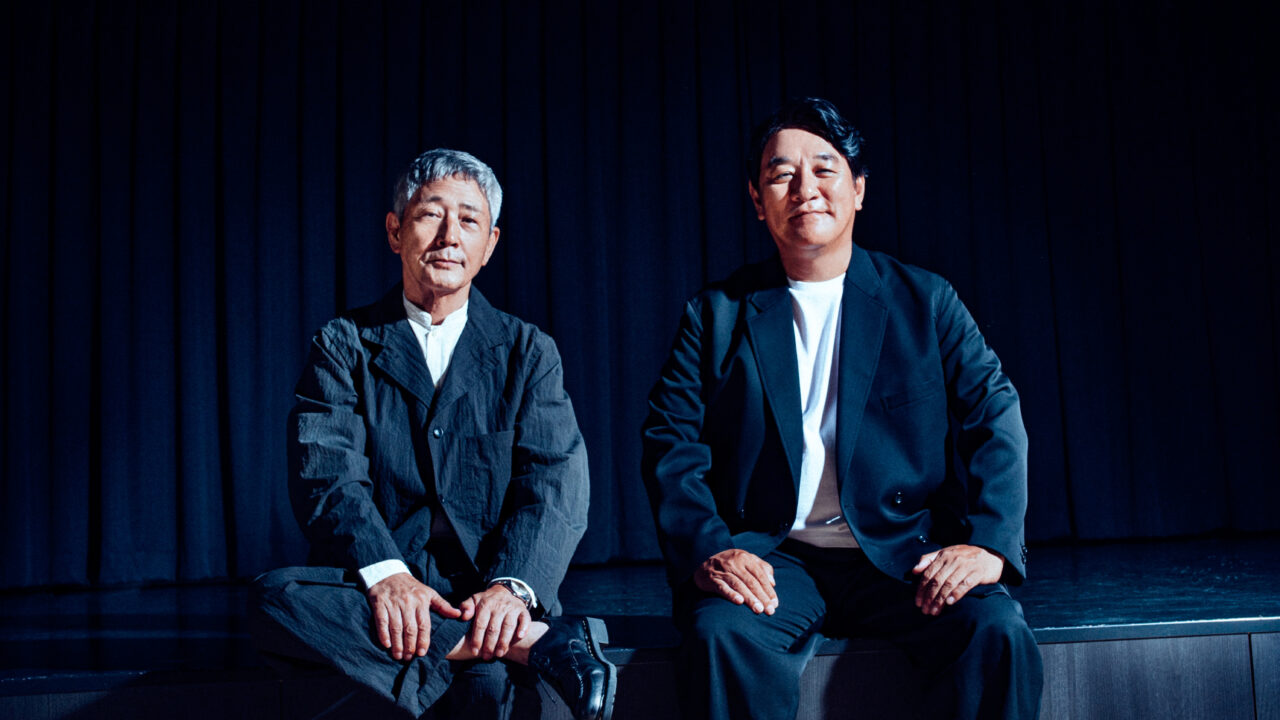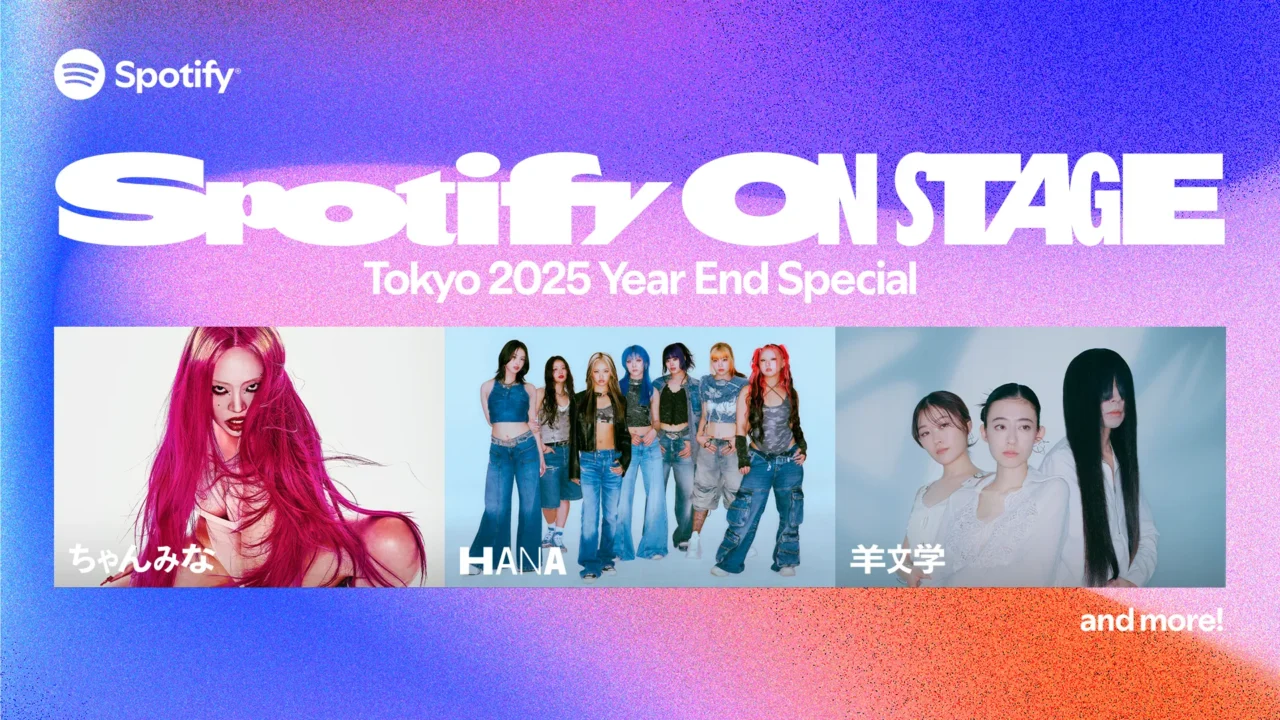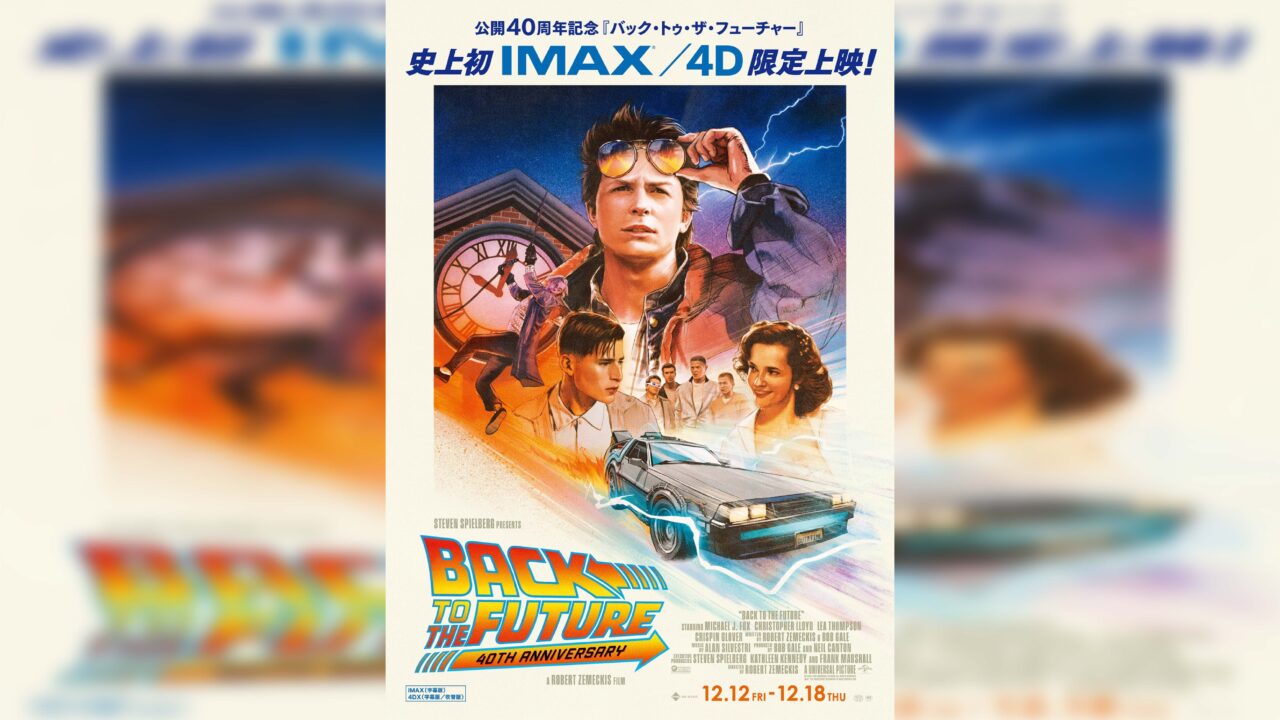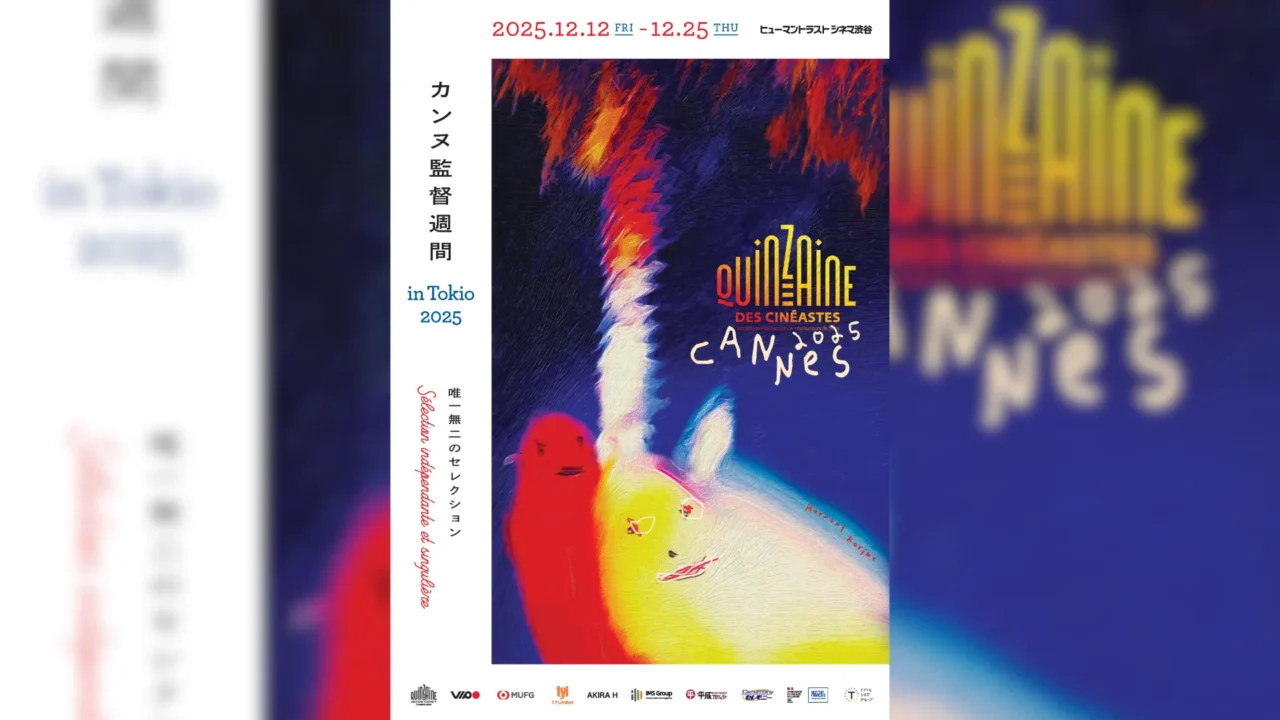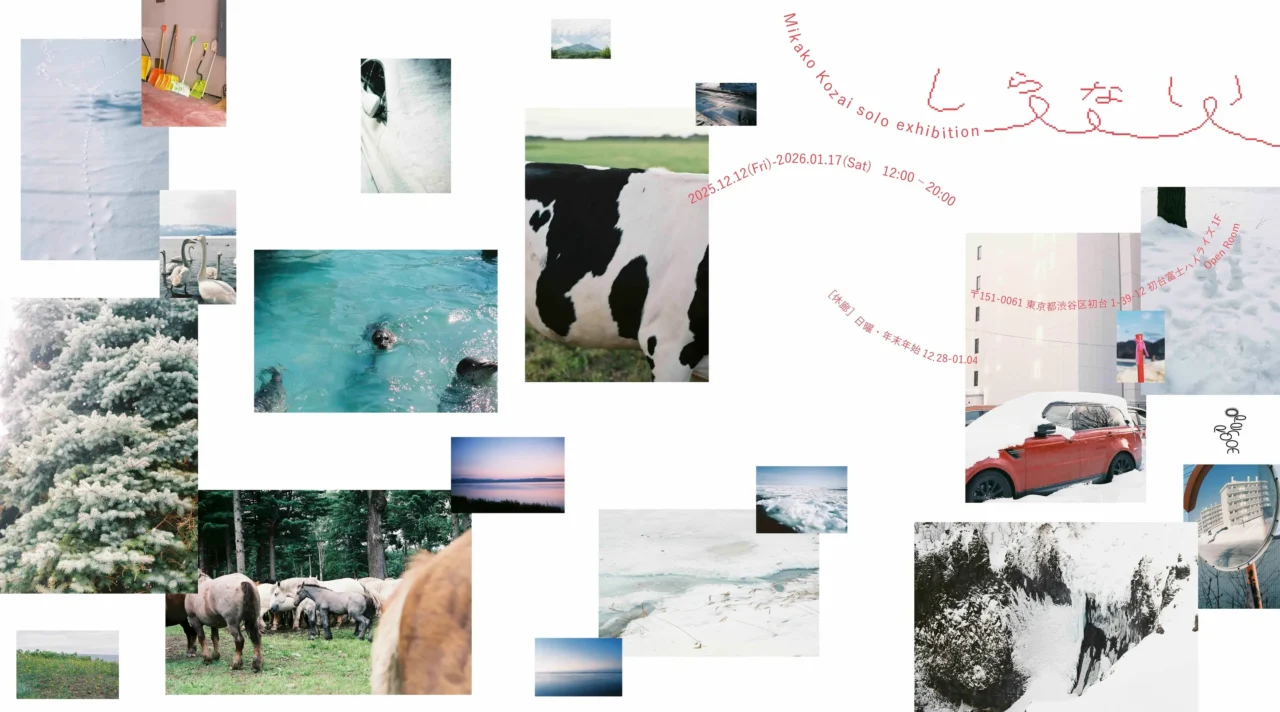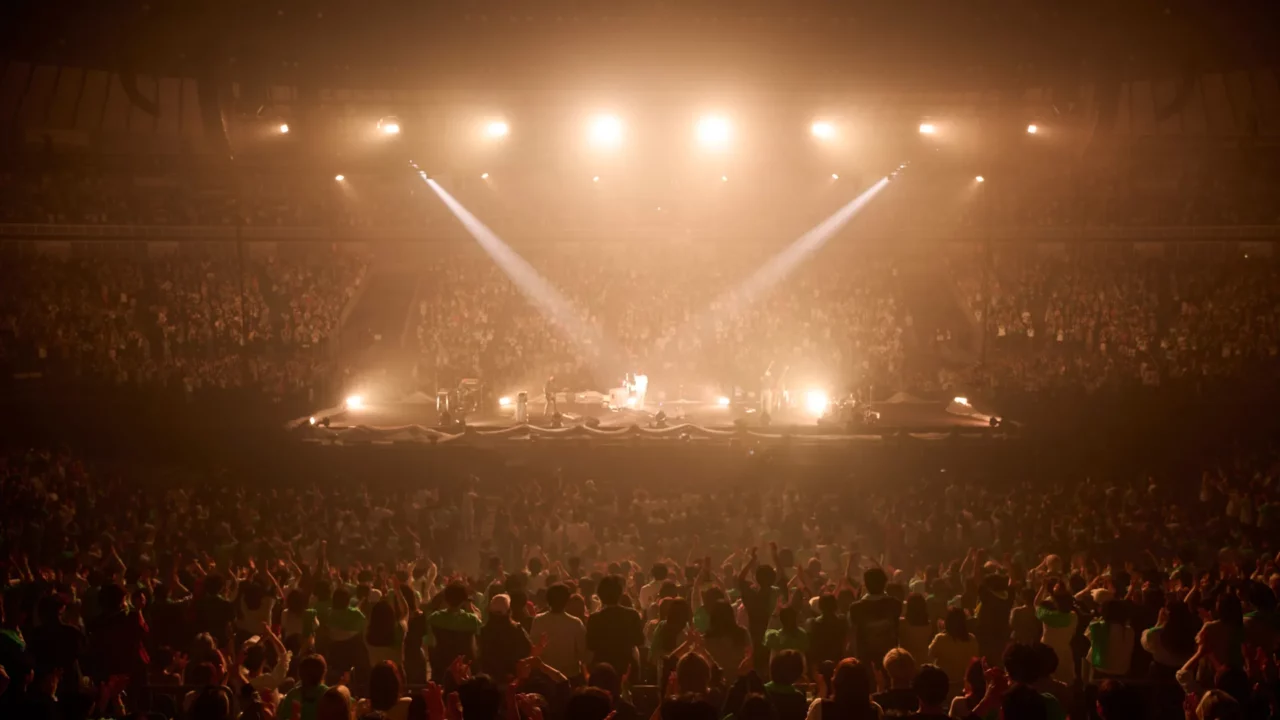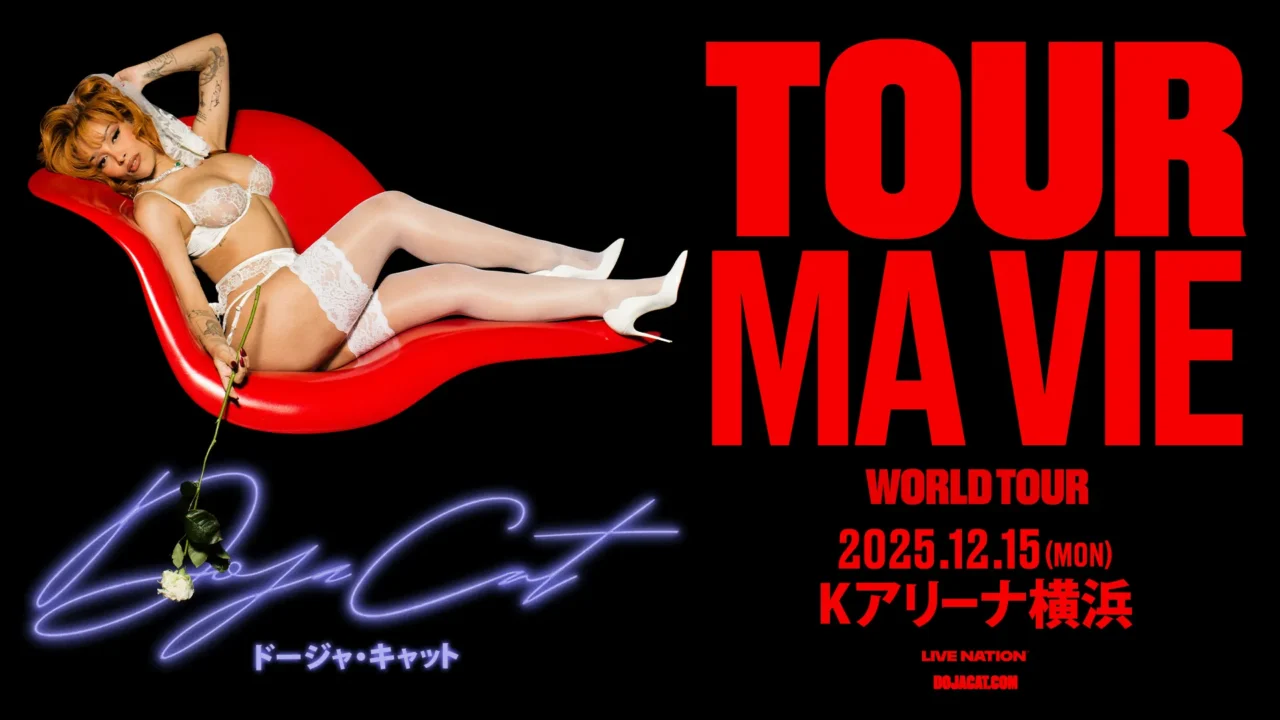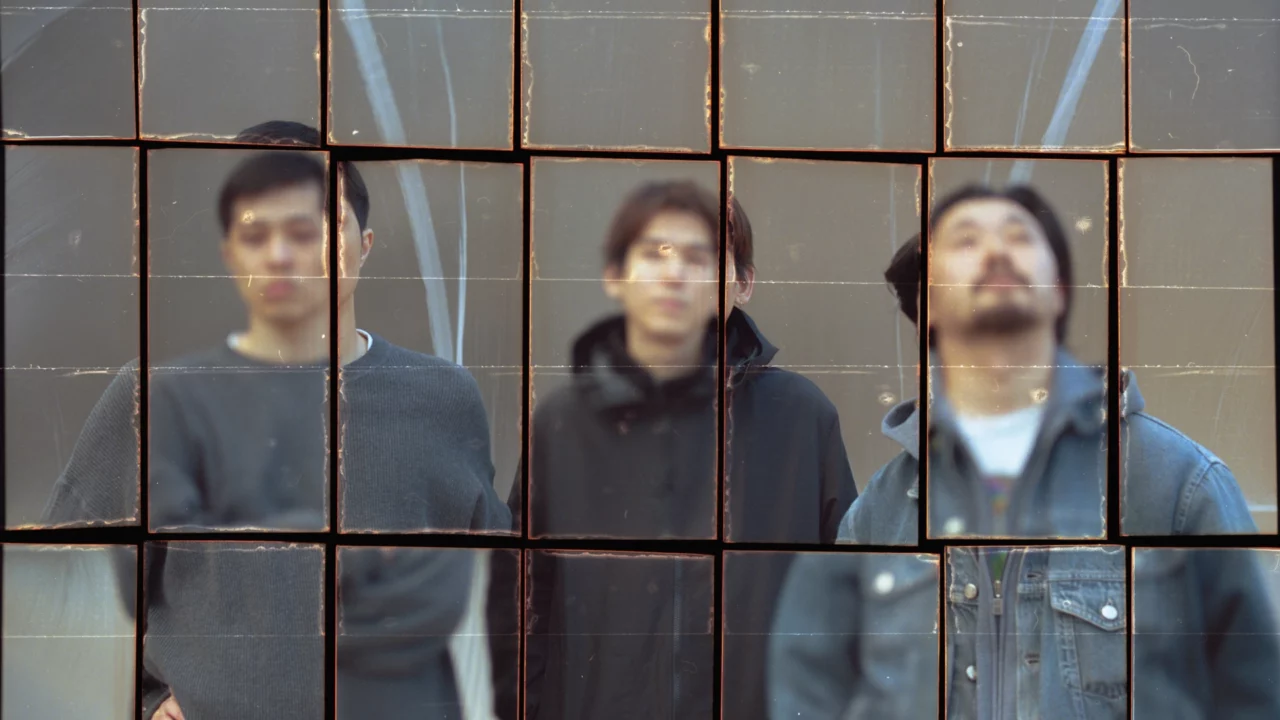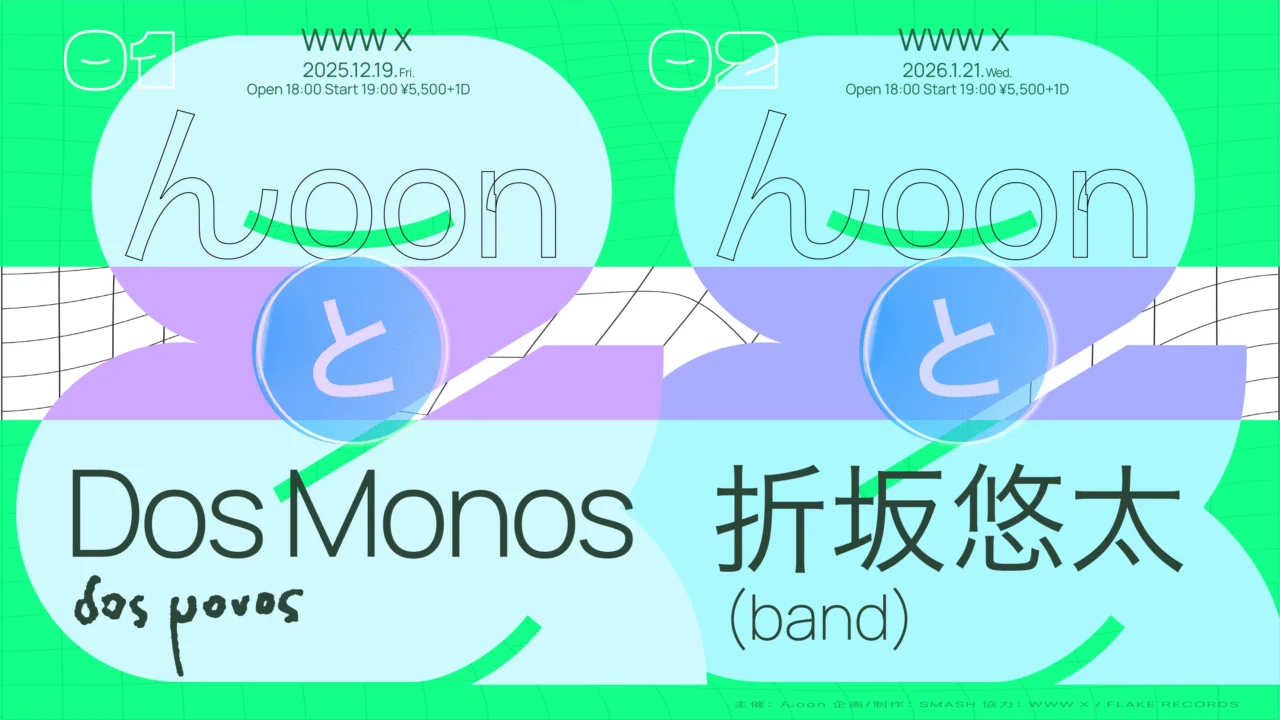INDEX
Preserving Shintaro Sakamoto’s Live Performance as Cultural Heritage
In 2023, the New Hakuba footage was exclusively screened at LIQUIDROOM (May 17, 2023, with two showings). What made it special was the use of three screens arranged side by side!
Ōne: After finishing the shoot, I kept wondering how best to present the work. When I developed some film cuts, they looked fantastic. I showed them to Sakamoto-san, and he responded positively—I half-joked that he probably thought, “Film me looks cool” [laughs].
Since the Yura Yura Teikoku footage from the Hibiya Open-Air Concert became a staple screening at the “Bakuon Film Festival,” an event dedicated to showcasing powerful live music films with immersive sound, I wanted to create a similar experience for the New Hakuba footage. My idea was to hold a screening at a live house like LIQUIDROOM, where the audience could watch standing, feeling the energy of a live show. I pitched this concept to Sakamoto-san. Originally, I planned to use just one screen, but during editing, I realized the film material was so rich and vivid that it deserved more than a single screen. That’s when the idea of using three screens came about.
You even had new screens made specifically for this, right?
Ōne: Yes, I spoke with LIQUIDROOM about placing three screens on stage in a wide “V” shape and paid out of pocket to have them made.
Filming in Hakuba was already expensive, and then you invested even more! [laughs]
Ōne: Yeah, I guess I was a bit crazy [laughs]. But more than anything, I just really wanted to see it myself. For the first screening, the audio wasn’t just pre-recorded from the footage, Sasaki Yukio, the sound engineer who works on Sakamoto-san’s live shows, mixed the sound live on site. It created an experience like watching a live concert on the three screens. There were some minor hiccups during that first screening, though.

During the screening, the video malfunctioned and stopped midway. At that moment, you grabbed the microphone to apologize and explain the situation. When the video started again, the audience went absolutely wild. It really felt like a live concert where something went wrong but then had a miraculous comeback.
Ōne: That’s exactly how it was.
For the re-screening at LIQUIDROOM on April 13, 2024, there was an all-night double feature including a live show at Hitomi Memorial Hall (October 26, 2022) filmed by Yasuyuki Yamaguchi. Just a few days prior, news came of Chiyo Kamekawa’s (ex-Yura Yura Teikoku) passing. At the very end, you took the mic again and as an encore screened the Yura Yura Teikoku live at Hibiya Open-Air Concert Hall. It was a powerful moment, full of meaning and connection.
Ōne: It was deep into the night, just two songs played: “Imadani Mahou ga Tokenumama” and “Nai!!”
That entire arrangement was only possible because of you. No one else could have pulled it off.
Ōne: Probably true. I contacted Sakamoto just a couple of days before and asked if we could include those two songs at the end. We had amazing footage of Kamekawa in those performances. Everyone who stayed until dawn watching must really have loved Yura Yura and Sakamoto. It felt like we were all able to say a proper goodbye together.
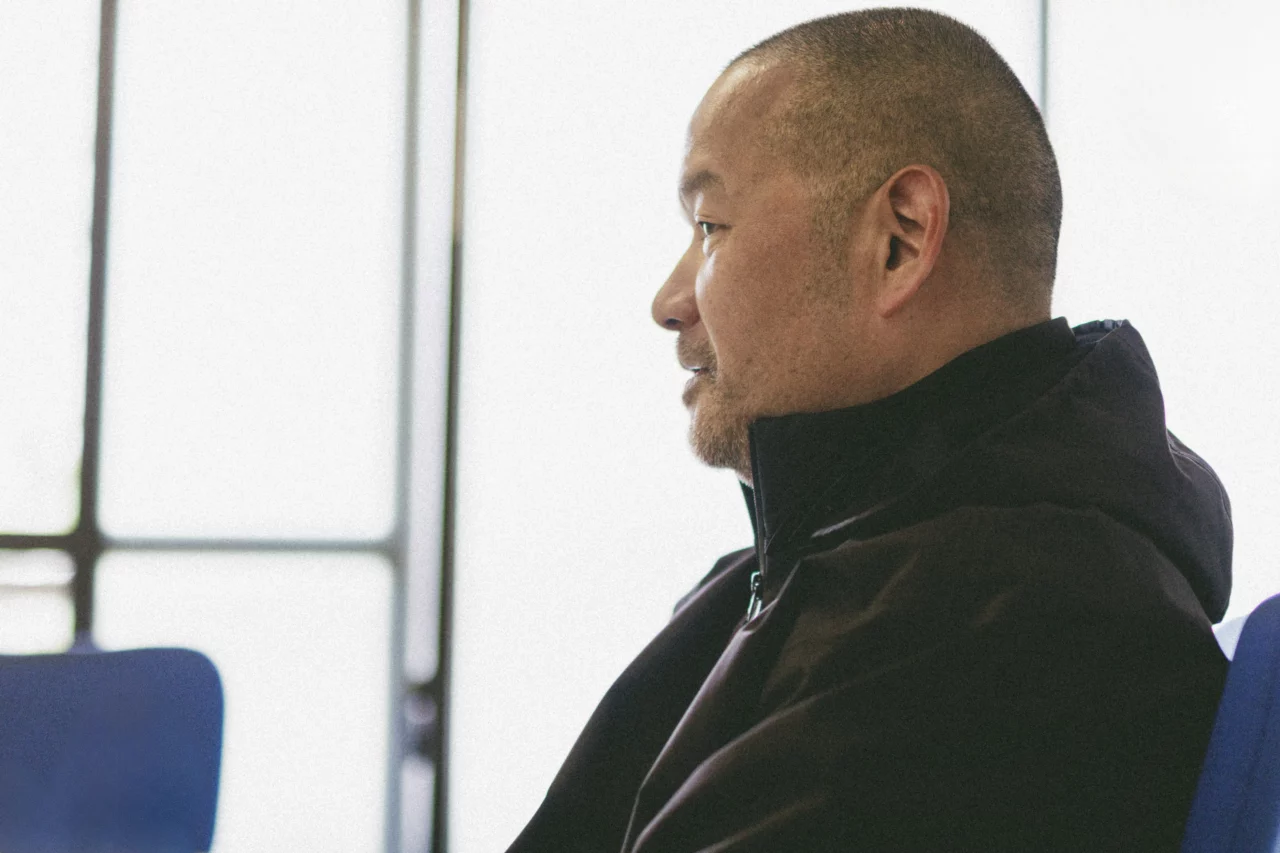
And about a year after that screening, it was released on Netflix.
Ōne: Just as my documentary film Tokyo Swindlers began streaming on Netflix, I was offered an exclusive contract. While discussing what to do next, I said, “Actually, I have this project, how about this?” and proposed the New Hakuba live footage. There were fans of Sakamoto-san within Netflix, and they said they definitely wanted to stream it.
Looking back, it’s really moving that this project, starting from when you first learned about New Hakuba in 2020, has taken five years to come this far.
Ōne: When I think about it, it all began with a single comment from Matsunaga-san. I feel like I fulfilled his dream—or maybe I was just being played in his hands [laughs]. But above all, that live show was a one-night-only miracle, and being able to preserve it is a true honor as a director. I want to say to myself, “Well done, you made the decision!”
It reminds me of T.A.M.I. Show—the 1964 concert in California—where future generations look back and are grateful that someone captured the energetic James Brown and The Rolling Stones. It’s like a cultural heritage or a personal patronage, a desire to create something that will still be seen 100 years from now and preserved properly.




